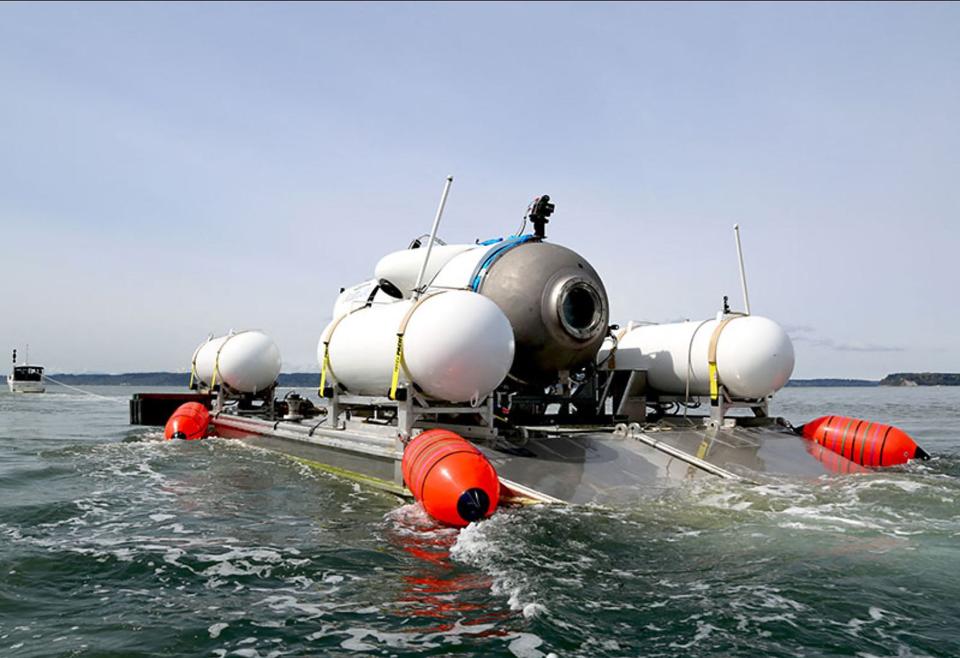Missing submarine: Company behind Titanic tour spent a year in South Florida
The company that owns the missing submersible that was to tour the Titanic wreckage led a South Florida expedition a decade ago to inspect the invasive lionfish infestation.
A highlight of that endeavor, in June 2013, was Seattle-based OceanGate's use of its manned submersible Antipodes to take researchers, sponsors and media on tours of artificial reefs in the waters off Broward County.
The company said the overall goal of its Expedition Lionfish was to "bring awareness to the threat lionfish pose to Atlantic, Caribbean, and Gulf of Mexico ecosystems."
It was part of a yearlong commitment by OceanGate and the Miami-Dade Artificial Reefs Program to conduct research on the proliferation of lionfish. The Antipodes sub was able to carry four passengers and the pilot at the controls of the vessel.
What was OceanGate's Expedition Lionfish?

The three-day Expedition Lionfish included four dives by Antipodes to artificial reef sites, ships purposely sunk to create marine life habitat, for the purpose of documenting the presence of the colorful, spiny and venomous invasive fish.
All told, the Antipodes performed four dives over two days on June 27 and 28, 2013. The four dives collected eight hours worth of dive data and and 152 research hours under the ocean surface.
"The dives allowed researchers to observe population densities, distribution, and behaviors below diver depth. Data collected included HD video recordings and 2D sonar scans; in order to raise awareness of the challenges with invasive species, video was made available to the media and participants," OceanGate wrote in a summary of the expedition.
Who was on the OceanGate sub dives?
Some of the top marine researchers in South Florida participated. They included Lad Akins of the Reef Environmental Education Foundation, or REEF, and Dr. Steve Gittings, chief scientist with the National Marine Sanctuary Program at NOAA.
On June 29, the company and expedition sponsors held a seminar to discuss initial findings and to host a lionfish tasting exhibition by a local chef.
Among those present for the expedition was OceanGate CEO Stockton Rush, who is among those on the missing sub that was traveling to the Titanic site when the craft went missing.
What did OceanGate's South Florida lionfish expedition yield?
Over the course of the year that OceanGate explored the waters off South Florida, Antipodes dove to nine sites, including several known wrecks such as the Spirit of Hemingway and Mary Star of the Sea.
A key finding was that the lionfish proliferation had moved beyond the natural barrier reefs and onto the even more isolated artificial reefs as deep as 230 feet, which OceanGate said "pointed to the need for an ongoing investigation of the species and its effects on the local marine habitat."
The mission also yielded quite a surprise. One dive came across a previously unseen World War II-era Navy fighter plane, which OceanGate reported that the U.S. Navy later identified as a Grumman F6F Hellcat.
Antonio Fins is a politics and business editor at The Palm Beach Post, part of the USA TODAY Florida Network. You can reach him at afins@pbpost.com. Help support our journalism. Subscribe today.
This article originally appeared on Palm Beach Post: Titanic missing submarine OceanGate led South Florida lionfish search

